Indian Prime Minister Narendra Modi was officially elected in early June as the leader of the National Democratic Alliance (NDA), the alliance that won the most seats in the country's general election.
Mr. Modi's victory in this election is the second time an Indian leader has held power for a third term after Mr. Jawaharlal Nehru - the country's first Prime Minister.
Prime Minister Modi's supporters credit his third term to a number of factors: his record of steady governance, the appeal of continuity, effective welfare programs and the perception that he has enhanced India's global image...
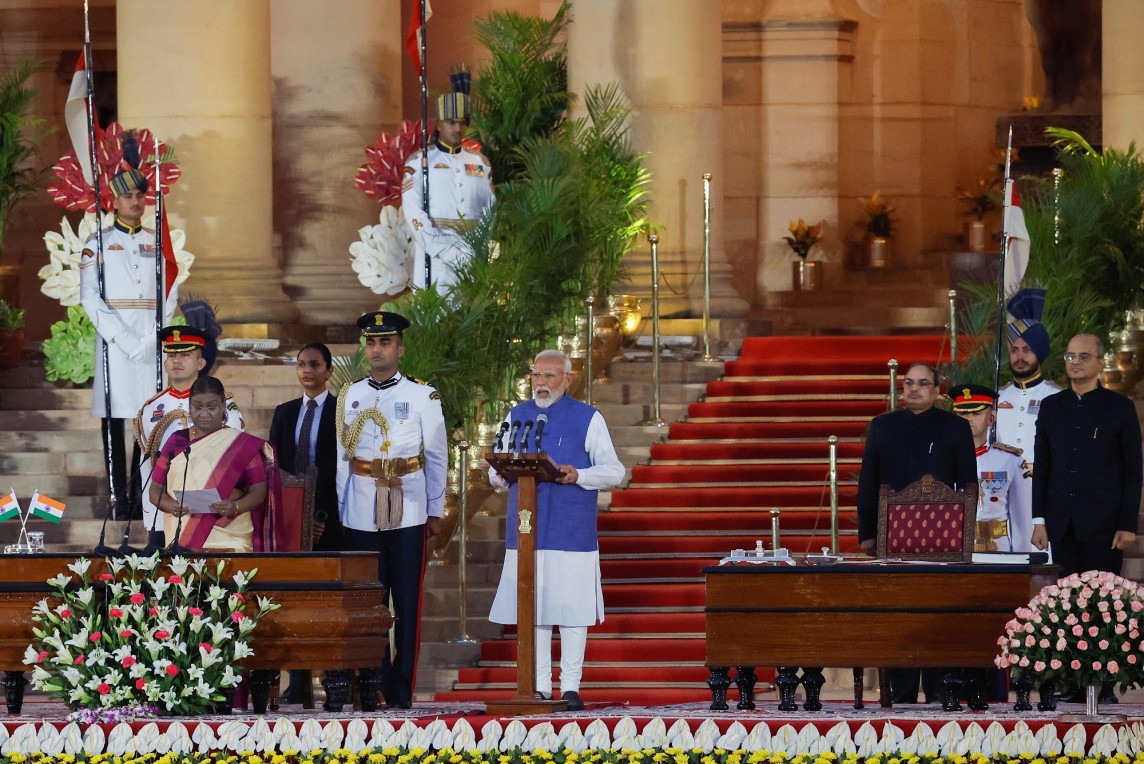 |
| Indian Prime Minister Narendra Modi speaks during the swearing-in ceremony at the presidential palace in New Delhi on June 9. Photo: Reuters |
Under Modi, India has grown rapidly and its global standing has improved. However, challenges such as lack of jobs, high prices, low incomes, etc. have left voters dissatisfied.
Mr Modi's new term is expected to face many challenges in building consensus on political and policy issues, due to barriers from different interests of parties in the coalition and a stronger opposition.
Economic issues
The first challenge for the Modi government is to tackle unemployment. According to the Center for Monitoring Indian Economy (CMIE), the unemployment rate in the country has increased from 7.4% in March 2024 to 8.1% in April 2024. According to a report by the International Labour Organization (ILO), India's youth continue to struggle with soaring unemployment, with nearly 83% of the unemployed population belonging to this demographic. In the last quarter of 2023, the unemployment rate for people aged 20-24 reached 44.49%.
Apart from its significant informal economy, India has recently witnessed a boom in its startup ecosystem, fueled by an ambitious and enterprising youth.
To address this challenge, the Indian government will need to focus on promoting the startup ecosystem and creating employment opportunities in micro, small and medium enterprises (MSMEs) and startups. This will boost employment and diversify economic participation beyond large corporates and public sector enterprises, thereby allowing crony capitalism to be checked.
Another challenge is to promote foreign investment, especially in the manufacturing sector, to prioritize job creation. Despite the significant improvement in the manufacturing industry under the Make in India policy, much remains to be done. Net foreign direct investment (FDI) inflows into India fell 62.17% from $27.98 billion in FY2023 to $10.58 billion in FY2024, the lowest since 2007. FDI inflows into manufacturing in FY2024 were among the lowest in the last five years. Manufacturing attracted $9.3 billion in FDI in FY2024, down 17.7% from $11.3 billion in FY23.
Market challenges
It seems that foreign investors are not as enthusiastic about India as expected, as evidenced by the declining trend of FDI inflows into the country. The growth of India’s manufacturing sector, despite its size and scale, is hampered by a shortage of skilled labor, bureaucratic regulations, and poor quality of supply chains. To compete with China and other developed countries in global manufacturing, the government must invest heavily in research and development (R&D) and infrastructure, undertake significant land, labor, and tax reforms, and address weaknesses in intellectual property rights.
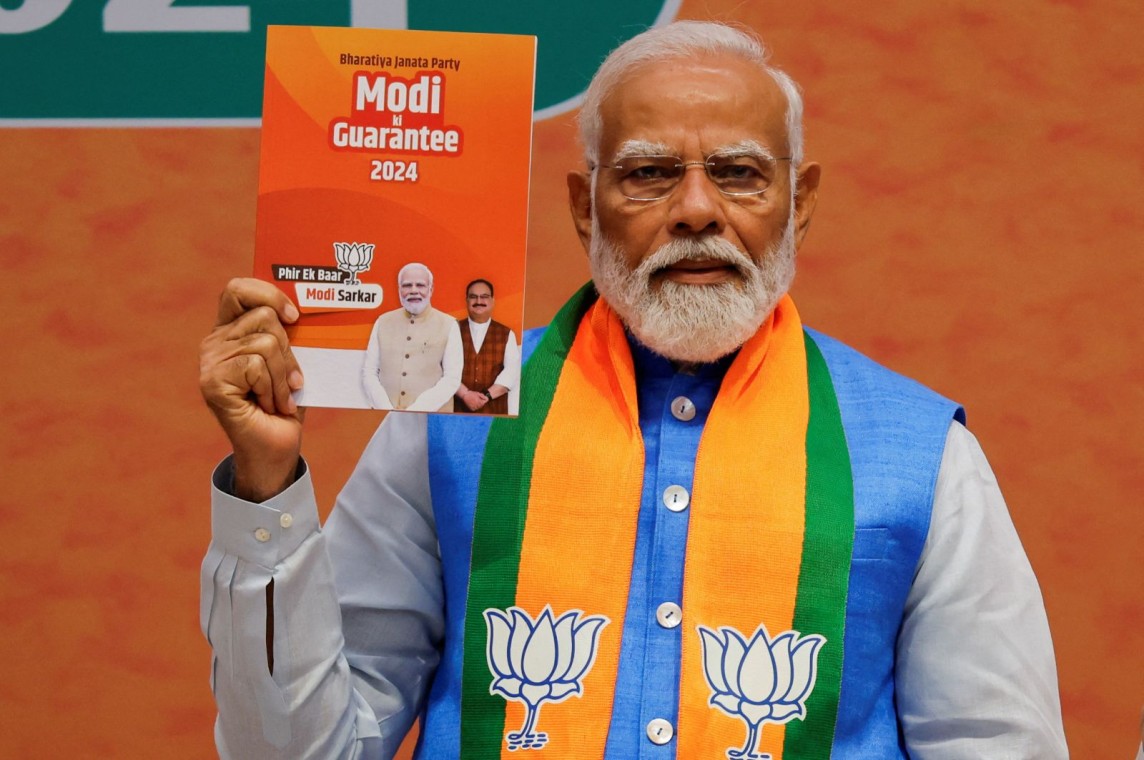 |
| Mr. Narendra Modi has made history in India, becoming the first leader in 60 years to be elected Prime Minister of India for three consecutive terms. Photo: AP |
Despite being one of the fastest growing economies in the world, India is also one of the most unequal countries. Inequality has increased sharply over the past three decades. The 2024 World Inequality Lab report found that in 2022-23, the income and wealth shares of the richest 1% in India (22.6% and 40.1%) were at their highest levels ever and among the highest in the world, higher than South Africa, Brazil and the United States.
Meanwhile, the poorest 50% of the population holds only 6.5% of national income. The Modi government’s “new welfarism” represents a very distinctive approach to redistribution and integration, including state subsidies for essential goods and services that are traditionally provided by the private sector, such as bank accounts, cooking gas, toilets, electricity, housing, water, etc.
Energy Conversion
Prime Minister Modi’s third term must also focus on an urgent transition to green and renewable energy. The scale of the country’s economic potential means that its energy needs are huge. As the third-largest energy consumer, India once ranked fourth in the world in terms of installed renewable energy capacity.
Policymakers must accelerate the development of solar, wind, nuclear and biomass energy to reduce fossil fuel consumption and their damaging environmental impact, and reduce pollution. The World Economic Forum’s 2021 report predicts 50 million new jobs in India’s “green economy,” meaning more consumers and $1 trillion in economic opportunities by 2030.
In addition to the issues mentioned above, digitizing governance requires establishing a digital public infrastructure (DPI) for 1.4 billion people, through which citizens can access essential government services and documents online. All of this contributes to making public services more accessible to the majority of people, while increasing transparency and preventing corruption.
Prime Minister Modi's third term will allow India to shape and define its economic destiny, with the goal of becoming the world's third largest economy by 2030. To do that, India needs to address the challenges that lie ahead.
Source: https://congthuong.vn/thu-tuong-modi-va-nhung-thach-thuc-cheo-lai-an-do-trong-nhiem-ky-3-329209.html


![[Photo] Feast your eyes on images of parades and marching groups seen from above](https://vphoto.vietnam.vn/thumb/1200x675/vietnam/resource/IMAGE/2025/4/30/3525302266124e69819126aa93c41092)



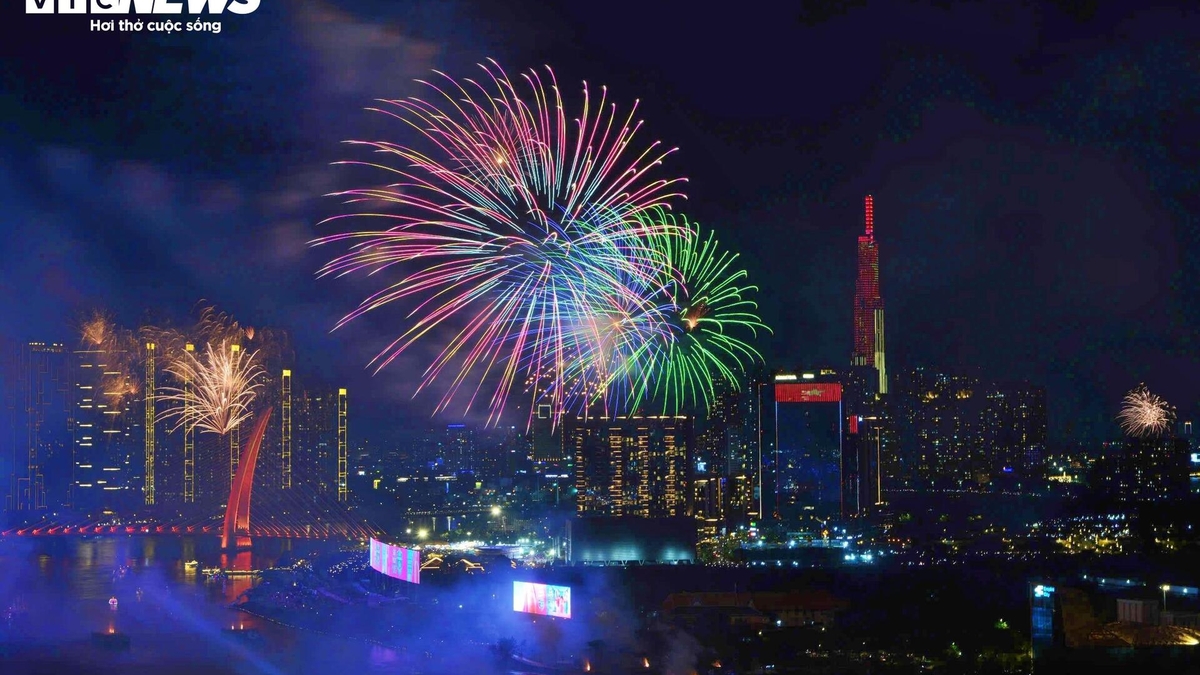
![[Photo] Fireworks light up the sky of Ho Chi Minh City 50 years after Liberation Day](https://vphoto.vietnam.vn/thumb/1200x675/vietnam/resource/IMAGE/2025/4/30/8efd6e5cb4e147b4897305b65eb00c6f)


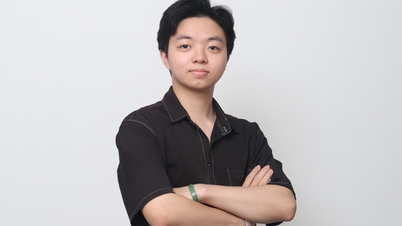










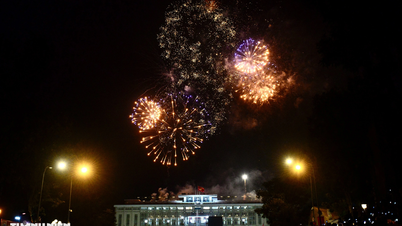

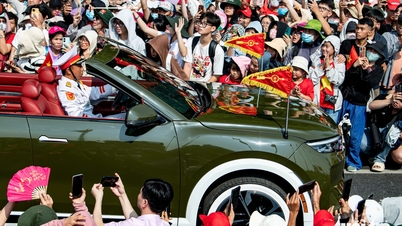
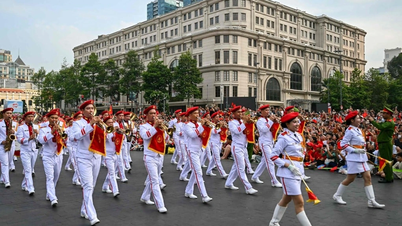





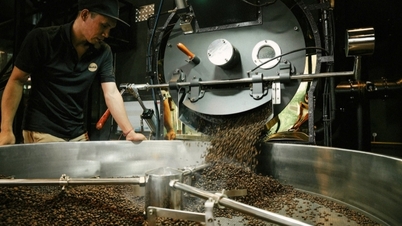
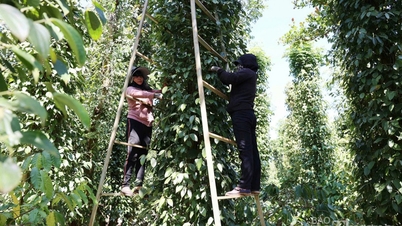
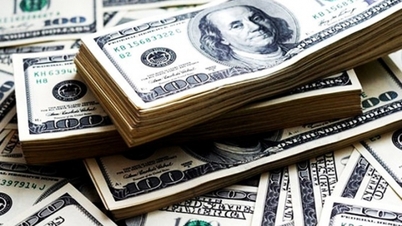



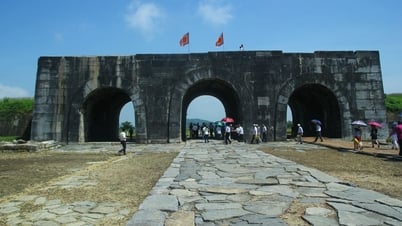



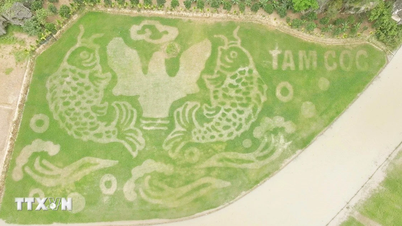







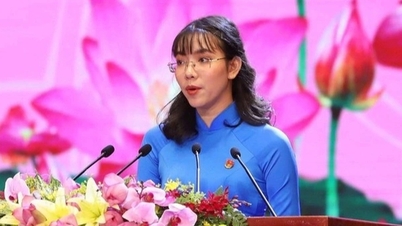



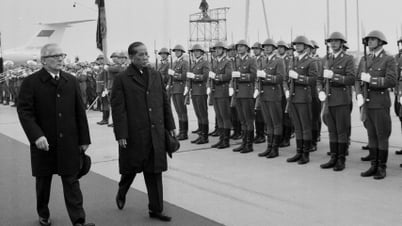
















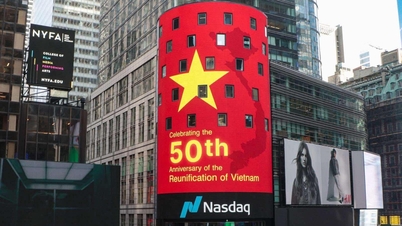

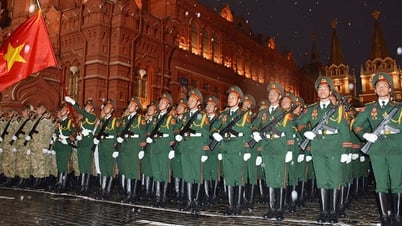











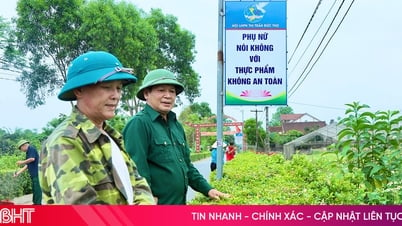



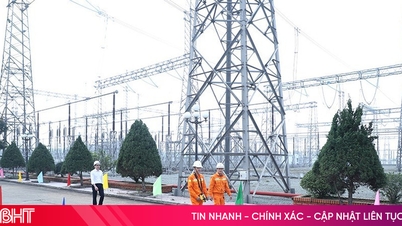














Comment (0)